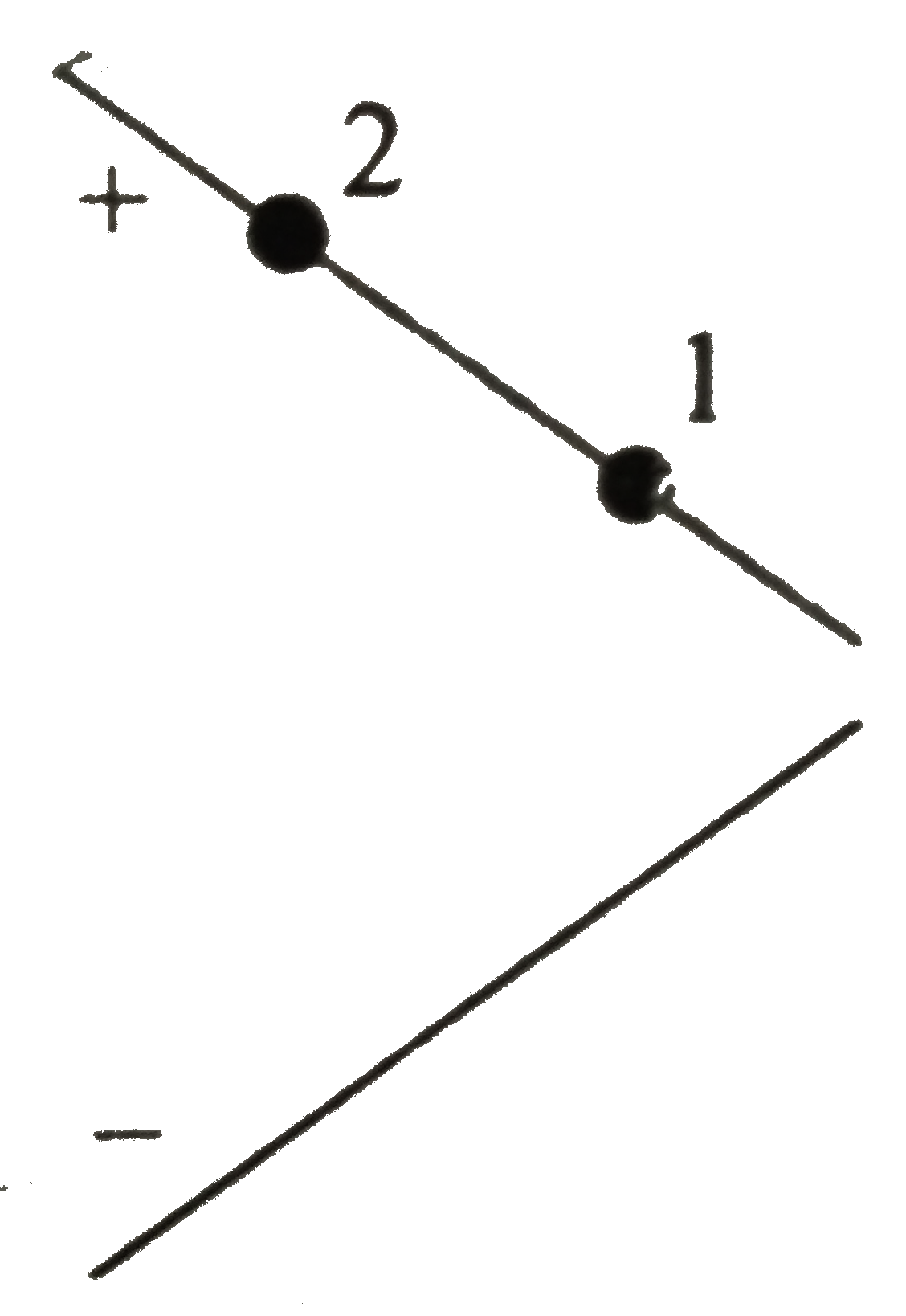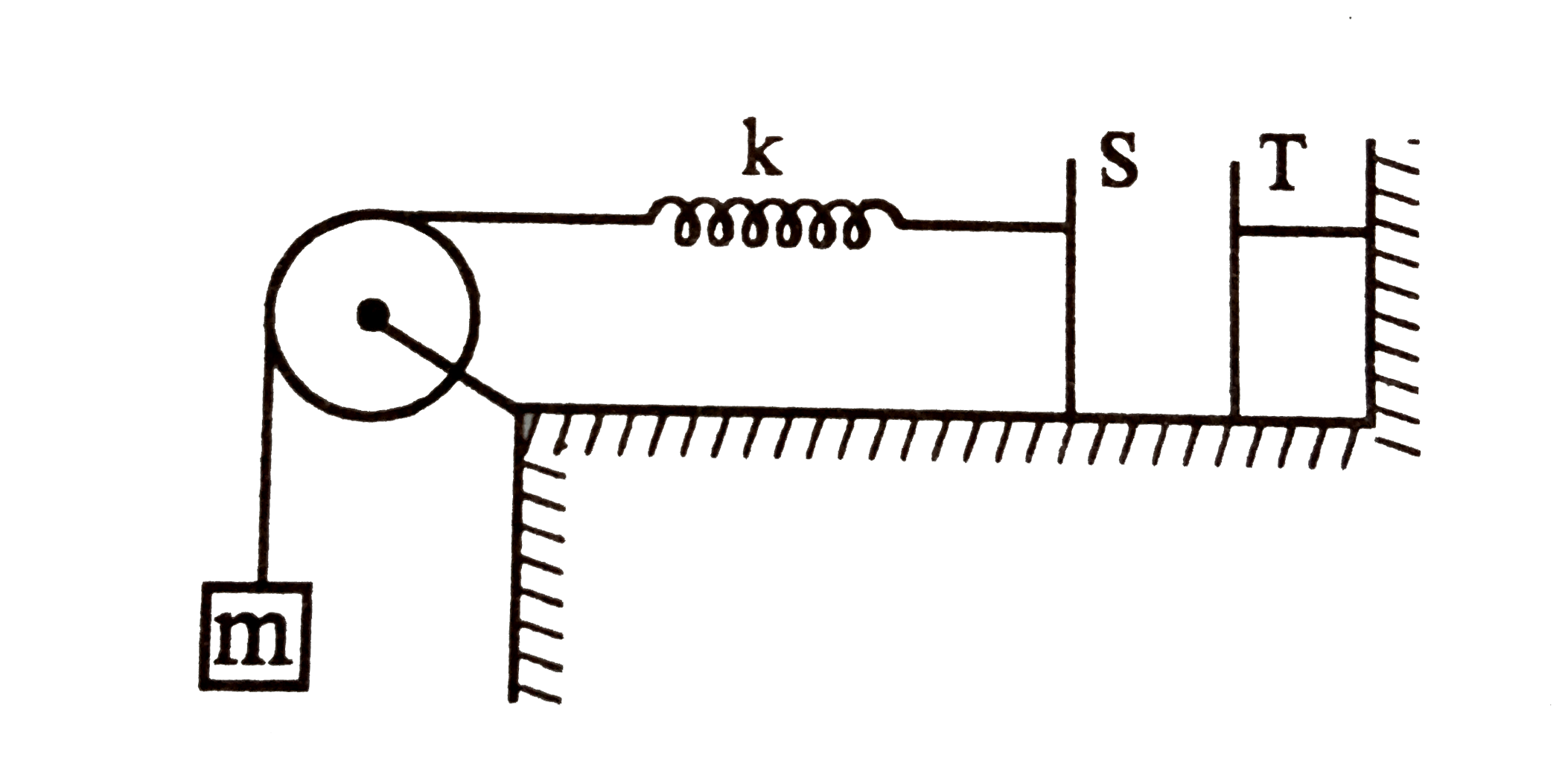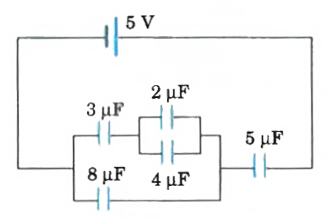A capacitor is connected across a battery .
a. Why done each plate receive a charge of exactly the same magnitude?
b. Is this true even if the plates are of different size?
a. The charge from one plate gets transferred to another plate through battery. The battery pumps the charge from one plate to another.
b. Yes size of plates does not matter.
Topper's Solved these Questions
- BOOK - CENGAGE PHYSICSCHAPTER - CAPACITOR AND CAPACITANCEEXERCISE - Exercise 4.232videos
CAPACITOR AND CAPACITANCE
- BOOK - CENGAGE PHYSICSCHAPTER - CAPACITOR AND CAPACITANCEEXERCISE - Subjective24videos
CAPACITOR AND CAPACITANCE
- BOOK - CENGAGE PHYSICSCHAPTER - CAPACITOR AND CAPACITANCEEXERCISE - Solved Examples10videos
CAPACITOR AND CAPACITANCE
- BOOK - CENGAGE PHYSICSCHAPTER - ATOMSEXERCISE - QUESTION BANK40videos
ATOMS
- BOOK - CENGAGE PHYSICSCHAPTER - CENGAGE PHYSICS DPPEXERCISE - subjective type51videos
CENGAGE PHYSICS DPP
Similar Questions
Knowledge Check
- Question 1 - Select One
A capacitor is connected to a battery of 20 V, so that a charge of 100μC is obtained at the plates. The capacitance of the capacitor is
A6μFB5μFC9.5μFD10μF - Question 2 - Select One
A parallel plate capacitor is connected across a battery. Now, keeping the battery connected, a dielectric slab is inserted between the plates. In the process,
Ano work doneBwork is done by the battery and the stored energy increases.Cwork is done by the external agent, and the stored energy decteases. ltDwork is done by the battery as well as the external agent, but the stored energy done not charge. - Question 3 - Select One
A parallel plate capacitor of 6 μF is connected across 18 V battery and charged. The battery is k = 2.1 is introduced between the plates. What will be the charge on capacitor ?
A51.4μCB108μCC8.5μCD92.5×102C
A parallel plate air capacitor is connected to a battery. If the plates of the capacitor are pulled farther apart, then state whether the following statements are true or false.
a. Strength of the electric field inside the capacitor remains unchanged, if the battery is disconnected before pulling the plates.
b. During the process, work is done by the external force applied to pull the plates irrespective of whether the battery is disconnected or not.
c. Strain energy in the capacitor decreases if the battery remains connected.
 .View Solution
.View SolutionWhen a parallel plate capacitor is charged by connecting it across a battery then battery is disconnected. If one plate of capacitor is earthed and isolated then another plate is connected to earth and then isolated. What will be the final charge on the capacitor after this operation. Will it be less than, equal to or more than the initial charge? Explain why?
View SolutionTwo identical parallel plate capacitors are connected in series to a battery of 100V. A dielectric slab of dielectric constant 4.0 is inserted between the plates of second capacitor. The potential difference across the capacitors will now be respectively
View SolutionAssertion: When an uncharged capacitor is connected across a battery, half the work done by the battery is stored as electric potential energy inside the capacitor and remaining half is dissipated in the form of heat.
Reason: When an uncharged capacitor is connected across the battery then potential difference between the plates of capacitor increases from zero to the value of EMF of battery but battery supplies charge at the constant potential difference.View SolutionThe plates S and T of a uncharged parallel plate capacitor are connected across a battery. The battery is then disconnected and the charged plates are now connected in a system as shown in the figure. The system shown is in equilibrium. All the strings are insulating and massless. the magnitude of charge on one of the capacitor plates is: [Area of plates =A]
 View Solution
View Solution


